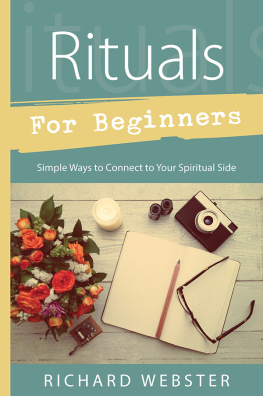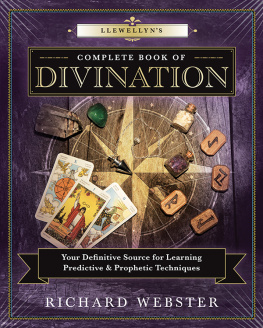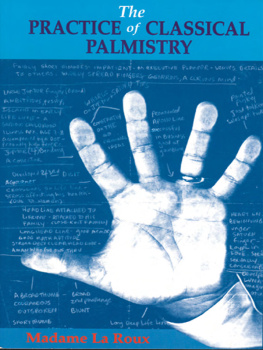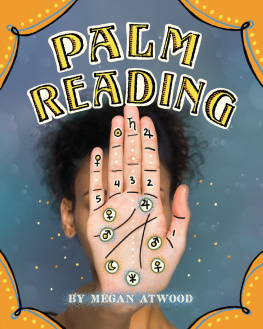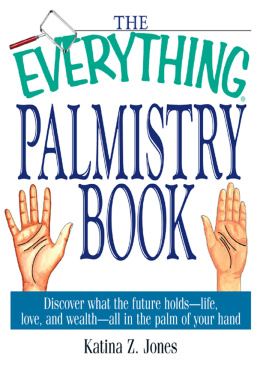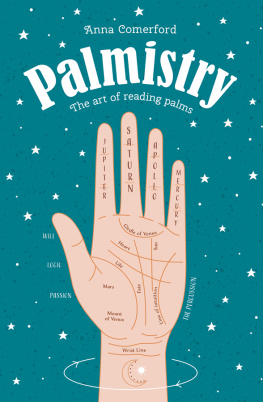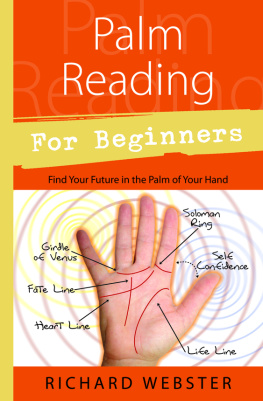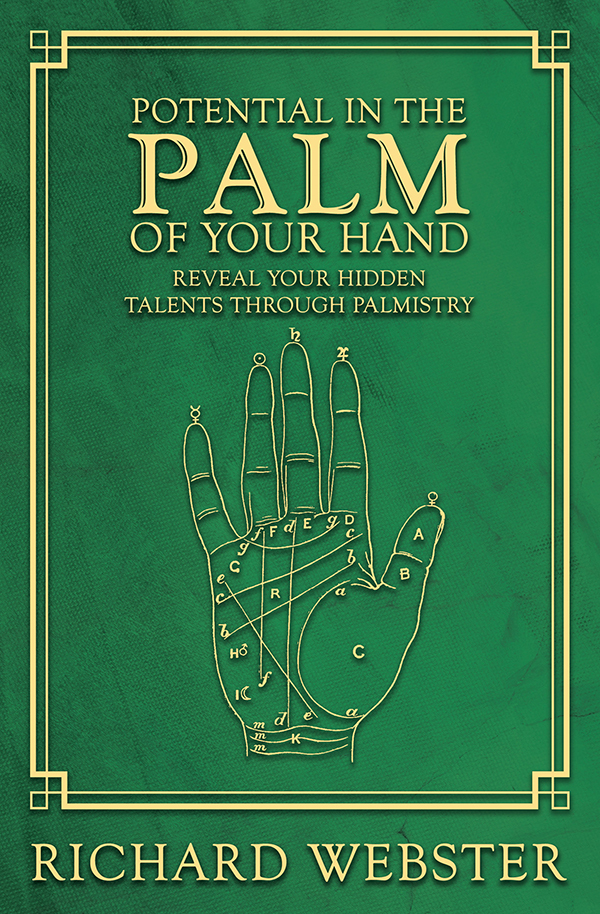Richard Webster was born and raised in New Zealand. He has been interested in the psychic world since he was nine years old. As a teenager, he became involved in hypnotism and later became a professional stage hypnotist. After school, he worked in the publishing business and purchased a bookstore. The concept of reincarnation played a significant role in his decision to become a past-life specialist. Richard has also taught psychic development classes, which are based on many of his books.
Richards first book was published in 1972, fulfilling a childhood dream of becoming an author. Richard is now the author of over a hundred books and is still writing today. His bestselling books include Spirit Guides & Angel Guardians and Creative Visualization for Beginners .
Richard has appeared on several radio and TV programs in the United States and abroad. He currently resides in New Zealand with his wife and three children. He regularly travels the world to give lectures, hold workshops, and continue his research.

Llewellyn Publications
Woodbury, Minnesota
Copyright Information
Potential in the Palm of Your Hand: Reveal Your Hidden Talents through Palmistry 2019 by Richard Webster.
All rights reserved. No part of this book may be used or reproduced in any matter whatsoever, including Internet usage, without written permission from Llewellyn Publications, except in the form of brief quotations embodied in critical articles and reviews.
As the purchaser of this e-book, you are granted the non-exclusive, non-transferable right to access and read the text of this e-book on screen. The text may not be otherwise reproduced, transmitted, downloaded, or recorded on any other storage device in any form or by any means.
Any unauthorized usage of the text without express written permission of the publisher is a violation of the authors copyright and is illegal and punishable by law.
First e-book edition 2019
E-book ISBN: 9780738759913
Cover design by Shannon McKuhen
Editing: by Brian R. Erdrich
Interior art by Llewellyn Art Department
Llewellyn Publications is an imprint of Llewellyn Worldwide Ltd.
Library of Congress Cataloging-in-Publication Data (Pending)
ISBN: 978-0-7387-5969-2
Llewellyn Publications does not participate in, endorse, or have any authority or responsibility concerning private business arrangements between our authors and the public.
Any Internet references contained in this work are current at publication time, but the publisher cannot guarantee that a specific reference will continue or be maintained. Please refer to the publishers website for links to current author websites.
Llewellyn Publications
Llewellyn Worldwide Ltd.
2143 Wooddale Drive
Woodbury, MN 55125
www.llewellyn.com
Manufactured in the United States of America
For my good friend and fellow palmist, Jesse James
Contents
: The Shape of the Hand
: The Fingers and Thumb
: The Mounts
: Fingerprints and Skin Ridge Patterns 1
: The Major Lines
: The Minor Lines
: The Quadrangle
: Marks on the Hand
: Timing on the Hand
: Potential in the Palm
: Leadership in the Hand
: How to Make Handprints
: How to Give a Palmistry Reading
Introduction
I became interested in palmistry when I was ten years old. We had recently moved to a new house and one of our neighbors was well known in the community because of her baking skills. I got to know her as quickly as I could and regularly visited her and her husband. They were a middle-aged, childless couple who very much enjoyed my visits. At least once a week Id sit in their library eating her baking and looking at their books. I was a keen reader and it was exciting to meet people who actually had a library room in their home.
One day I discovered a large section of books on palmistry. The husband was a palmist and he started teaching me the basics of the art. I used to enjoy looking at the hands of friends at school, but it didnt mean much until puberty hit and I discovered how useful palmistry was when it came to meeting girls. It must have been about that time that someone asked me what sort of career I thought he should go into once he left school. Consequently, he may well have unintentionally motivated me to start researching this book when I was just fifteen or sixteen years old.
In the early 1980s, I used to spend one week a month reading palms in shopping malls. The malls booked me as entertainment, and because of this, the readings had to be positive and no more than five minutes long. The point of the exercise was to send people away with a smile on their faces in the hope that it would encourage them to spend more money in the mall.
The readings were extremely popular, and I always had a line of people waiting for a reading. I read hundreds of palms every week. Every now and again, I read a hand that revealed a significant talent. When I pointed these traits out, some of my clients said they were unaware of them, while others said they knew of their talents, but for one reason or another, had done nothing to develop them. It was sad to learn that so many people were living their lives unaware of, or making virtually no use of, their special gifts.
Fortunately, a few people acted on my suggestions. One I particularly remember was a woman in her middle twenties who had a talent for singing. When I pointed this out, she laughed and told me shed enjoyed singing at school and was often chosen whenever a soloist was required. When she left school, her parents refused to let her take it further, as they didnt think shed be able to have a successful career in music. Instead, shed trained as a beauty therapista career she enjoyed but didnt love.
I met her again a couple of years later. She came back for another reading and told me shed decided to follow her dream. She was in the chorus of a musical that was touring the country and was the understudy for the leading role. After that, I followed her career with interest as she ultimately left the chorus and built up a successful career in musicals and light opera. Shes still singing professionally, and Ive spoken to her on several occasions over the years. Each time she thanks me for pointing out the singing talents that are shown on her palm.
Over the years, Ive spoken to a number of other people who started pursuing their special skills and talents at least partly because of the reading Id given them. Of course, they are the exceptions, and most people probably continued along the path they were already on after having had a reading from me.
Its sad to see so much potential wasted, and Ive written this book for anyone who feels they might have a latent gift or talent that they could develop. I believe everyone has a gift of some sort, and the happiest people are those who can turn whatever it happens to be into a career or vocation. If youre searching for your special talent, I hope this book will help you find it.
Chapter One
The Shape
of the Hand
P eople have been fascinated with hands for thousands of years. Handprints can be found in many ancient Stone Age cave paintings. Palmistry also has an extremely old history. The Bible contains at least three references to palmistry: He sealeth up the hand of every man; that all men may know his work (King James Version, Job 37:7), What evil is in mine hand? (1 Samuel 26:18), and Length of days is in her right hand; and in her left hand riches and honor (Proverbs 3:16). The mudras, or symbolic hand gestures, that are used in Hinduism and Buddhism are believed to be at least five thousand years old.


